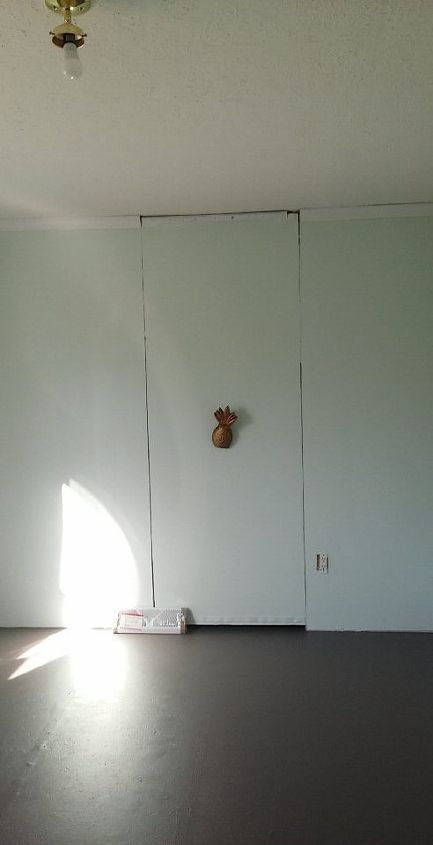Drill only went in wall half-way

I installed a curtain rod tonight. The end brackets went up just fine. I went to put up the middle support bracket, and the drill hit something very hard and would only go into the wall so far--about half what it should have. The wall anchors wouldn't go in, because they were too long for the short holes, and even the shortest wall anchors I had were too long. I tried shorter screws without wall anchors, and no matter what width screw I used, the holes were just too big, and the screws wouldn't stay in the wall. Without the middle support bracket, the curtain is going to sag really bad. Advice?
Best drill bit set
Related Discussions
Blackout curtains behind vertical blinds
I have two 6' patio doors, and I want to add blackout curtains to keep the sun/cold out. What is the best way to hang them, and what can I use to push the curtains ba... See more
How to make a balloon garland?
Does anyone know how to make a balloon garland or a balloon arch?
How can I safely remove a photo that's stuck to the glass in a frame?
Occasionally I've had the problem of photos sticking to the glass inside frames. First, I'm not sure what's even causing it. I don't use any moisture when dusting the... See more
How can I make this hidden door more hidden and less hideous?
I have a hidden door though it doesn't look so hidden at the moment and I like the appeal of a hidden door. We do need to use the door, but not often. This is in a b... See more
Would someone tell me what I'm doing wrong with command strips?
First one fell off in the bathroom - okay, maybe moisture. In the kitchen - fridge, inside cabinets and on tile walls. All fall off. Everyone else seems to love them!... See more
How can we camouflage the siding in our add-on room?
We live in a mobile and have an add-on room where a covered patio used to be. Now it's part of our living space and we would like to cover or camouflage the exposed a... See more
How to hide this circuit breaker?
Entry way update. I bought a co-op and started renovating but am stumped as what to do with the entryway. The circuit breaker box is smack in the middle how the heck ... See more




That is brilliant! I am glad it worked.
Sounds like you found a great solution! Is it still holding up?
Glad it worked out! I will have to try this if it ever happens to me
You probably hit the RSJ across the window. Maybe you could stick it up with No more Nails?